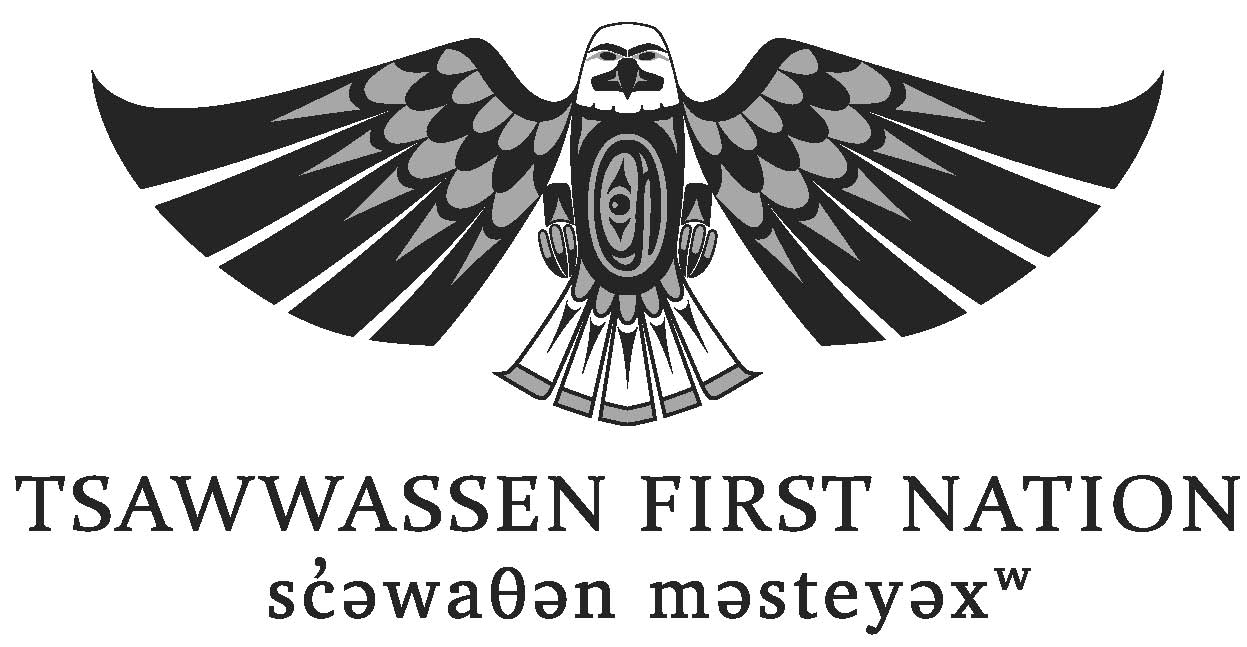
By: Darlene Coyle
The research team has worked very hard over the past few months reading through treaties several hundred pages long, analyzing its content, and linking the content to corresponding Sustainable Development Goals (SDGs) and their targets. In order to demonstrate the work our research team has done since commencing this project I would like to briefly highlight provisions from the Tsawwassen First Nation Final Agreement. I would like to note that we have done this type of analysis for all the SDGs and their targets but for the interest of time I will only focus on SDG 13 which is to “take urgent action to combat climate change and its impacts”, more specifically target 13.1 which seeks to “strengthen resilience and adaptive capacity to climate-related hazards and natural disasters in all countries”.
The treaty provision, provided below, is from Tsawwassen First Nation Final Agreement located in British Columbia with regards to dikes and flood protection.
24. Tsawwassen First Nation will construct and maintain dikes and flood protection structures on Tsawwassen Lands to standards required by the Inspector of Dikes under the authority of the Dike Maintenance Act, and may enter into contracts for the provision of services related to the construction and maintenance of those dikes and flood protection structures.
This is a noteworthy provision because it ensures Tsawwassen First Nation the authority over the construction and maintenance of dikes and other structures for the purposes of flood protection. Since very few of the treaties analyzed by the research team specify measures for flood control, it is likely that the land in which Tsawwassen reside is prone to flooding and plays a notable role in Tsawwassen governance. Especially since the Tsawwassen people reside in an area surrounded by the Pacific Ocean, proactive measures have been discussed to protect against potential hazards related to rising sea levels and potential flooding scenarios that may increase in frequency and intensity as a result of climate change or sporadic natural disasters. Legislation, therefore, has been put in place to strengthen the First Nation’s adaptive capacity towards climate-related hazards.
The Agreement places the responsibility of constructing and maintaining preventative flooding mechanisms on Tsawwassen First Nation while abiding by provincial standards under the Dike and Maintenance Act. The means of implementation and tracking mechanisms are therefore governed by the Province of British Columbia through this Act. There is no mention of providing Tsawwassen with the authority to govern or dictate preventative measures related to flooding or climate-related hazards. Although traditional practices may be used for flood mitigation, it is limited by the regulations outlined by the province in the Dike Maintenance Act.
Although this provision does not provide Tsawwassen with the capacity to govern their hazard prevention measures with their own approaches which may utilize traditional knowledge, it does ensure some economic opportunities for the First Nation. The provision ensures that the Tsawwassen First Nation has the responsibility of the construction and maintenance of dike and flood structures, therefore the overall premise of SDG 8 is reflected by ensuring decent work and economic opportunities to the Tsawwassen First Nation.
It is through analysis like this that the research team hopes to inform indigenous leaders, policy makers, academics, and interested parties of the rights and obligations set out in various First Nations treaties across Canada with respect to the SDGs. With nearly 10 years left, by analyzing how modern treaties respond to the SDGs, it may help inform decision-making with regards to meeting Canada’s 2030 commitment to the SDGs.
